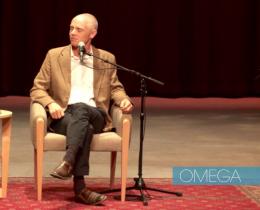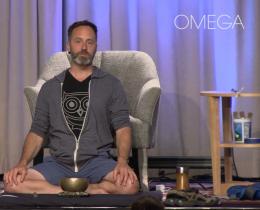Meditation teacher and psychotherapist Loch Kelly, who has struggled throughout his life with dyslexia and ADHD, first experienced effortless mindfulness as a 14-year-old ice hockey goalie. That realization launched his more than 30-year quest to understand consciousness and relieve his underlying anxieties.
His book, The Way of Effortless Mindfulness, offers a systematic way to discover the "already awake awareness that is the source of your mind and identity."
With roots in the world’s wisdom traditions that are often described as a direct path, effortless mindfulness is a contrast to both the gradual path and sudden awakening. It is built on glimpse practices that are, Loch explains, the direct realization of that which is already within each of us. "It’s not something we have to develop; it’s just covered over through habit patterns on which our identities are built,” he said in an interview.
"We’ve all glimpsed this natural felt sense of being—where we feel this interconnected, loving, openhearted, open-minded dimension," he explains. "But we think that it's related to conditions—being in nature, being with friends, learning something, or even when the ego falls away during a crisis and we’re fully available to be real or connected. These are glimpses of the essence of who we are.”



